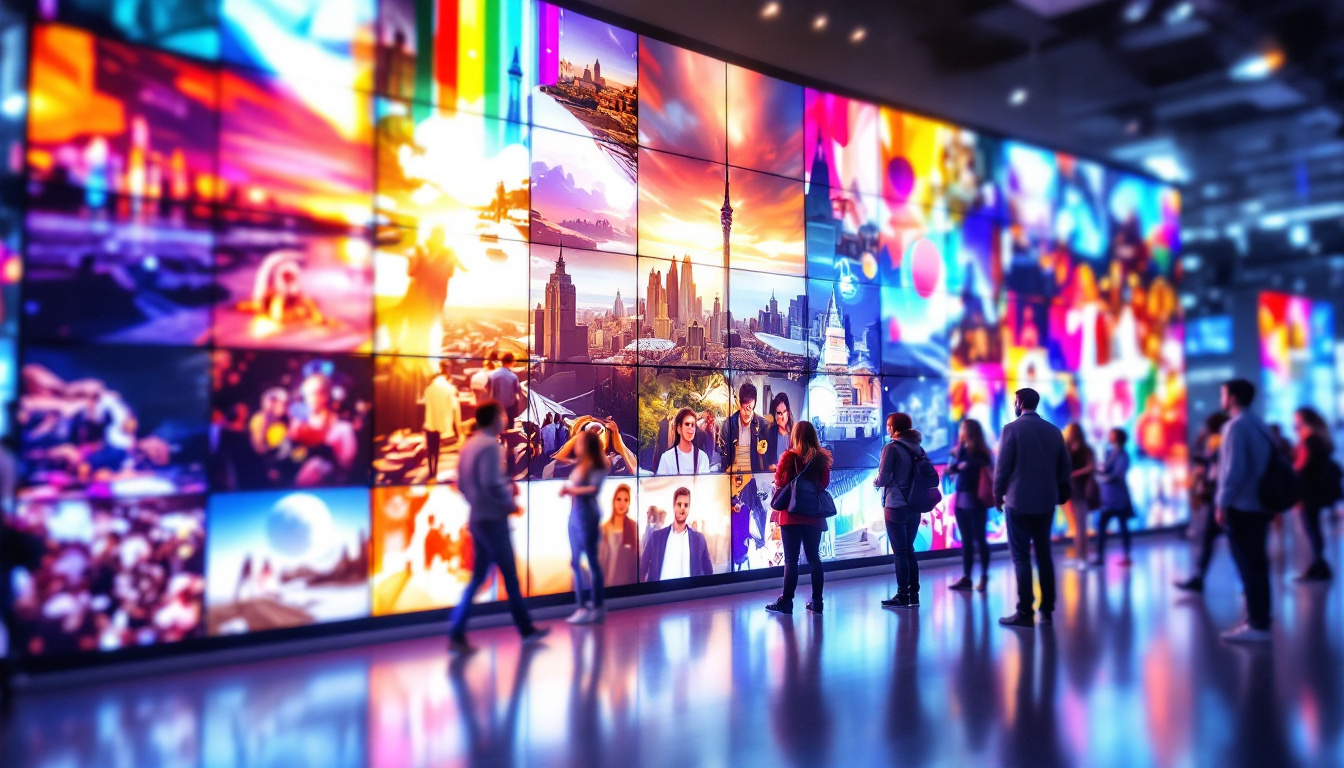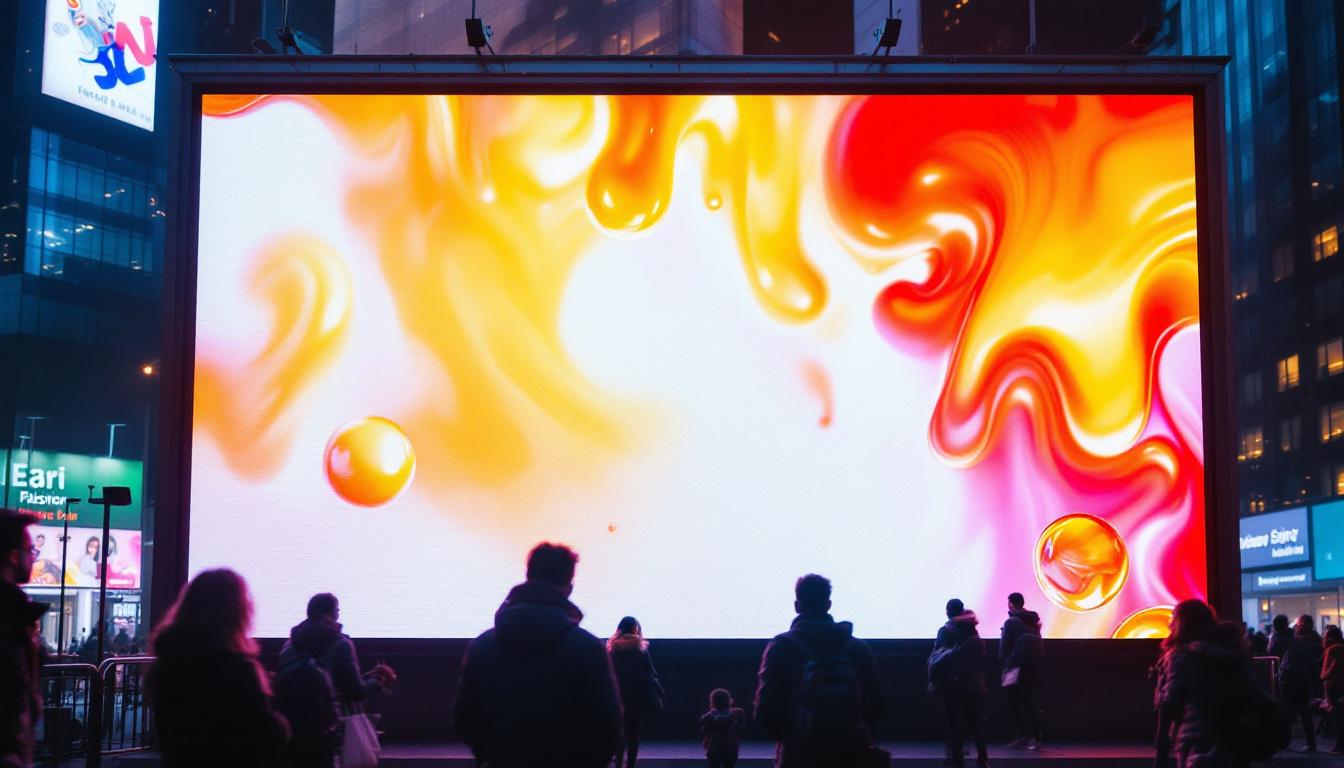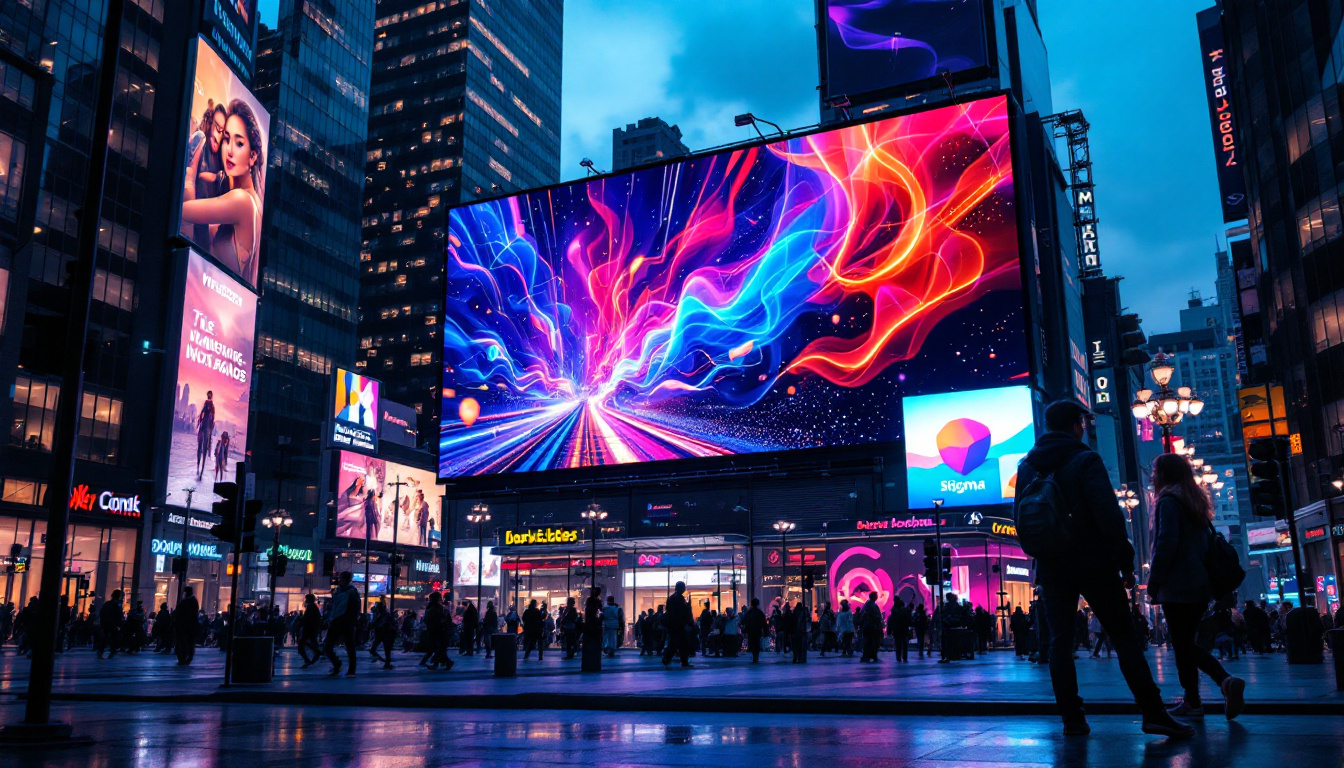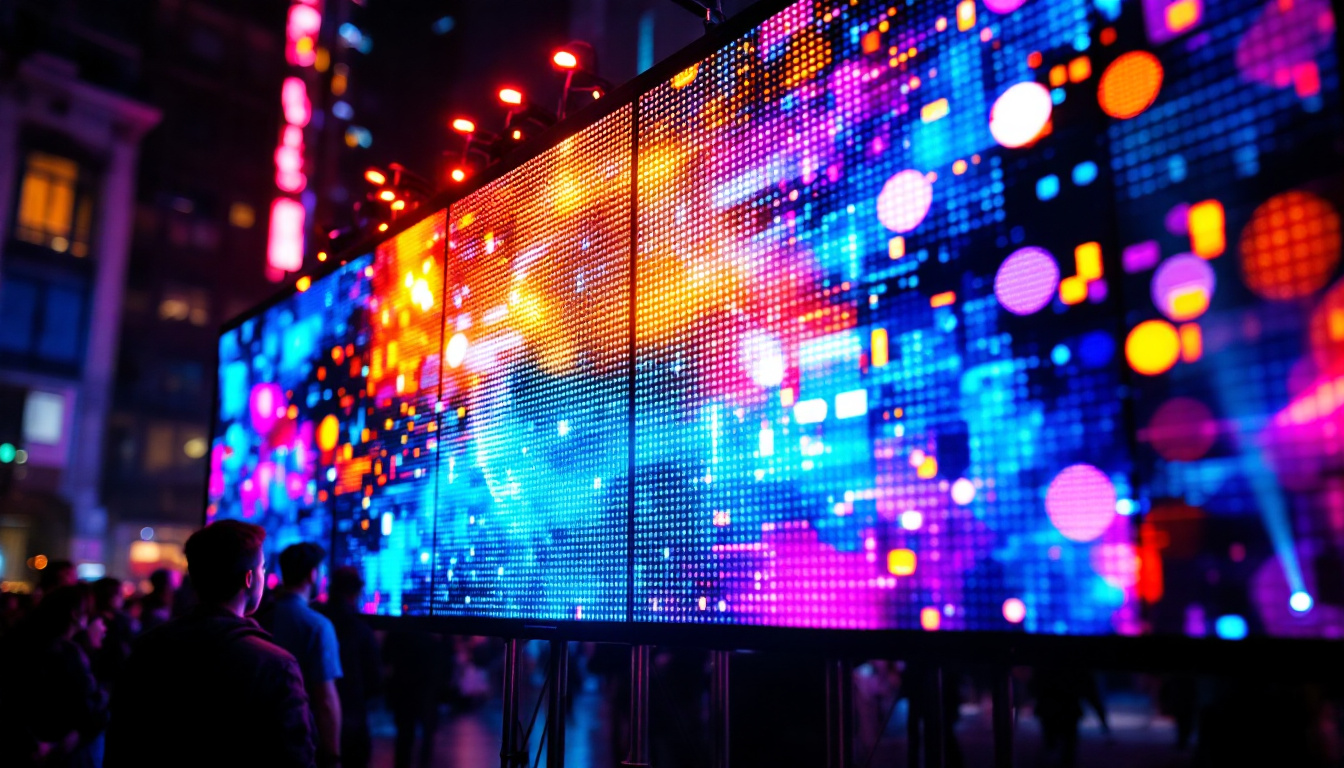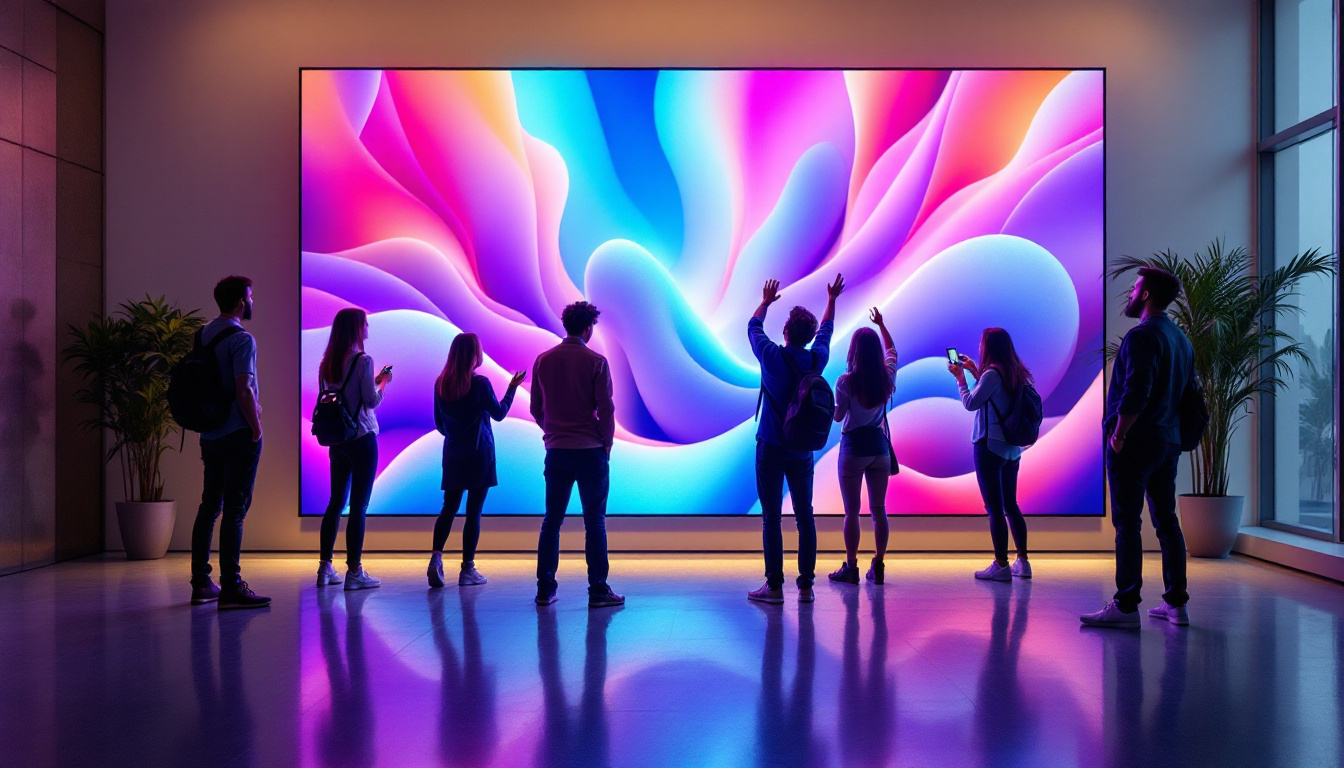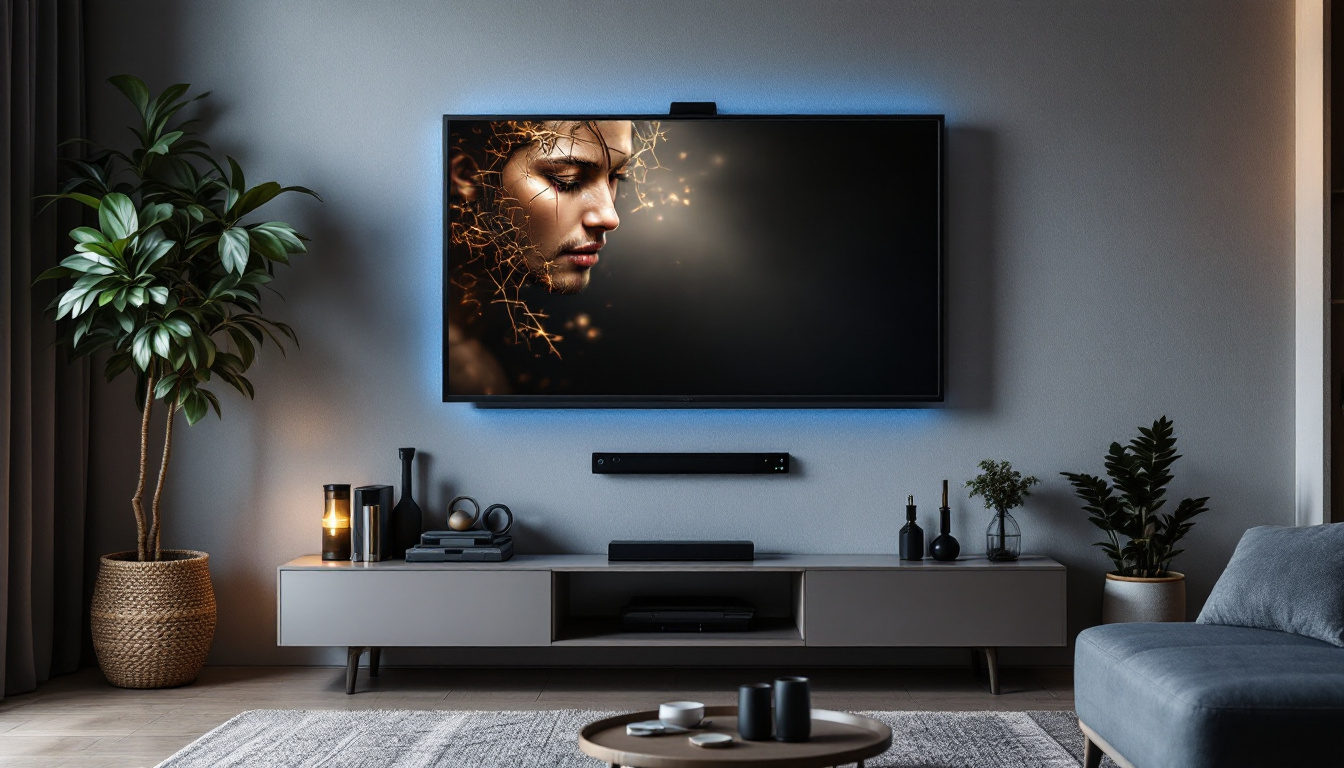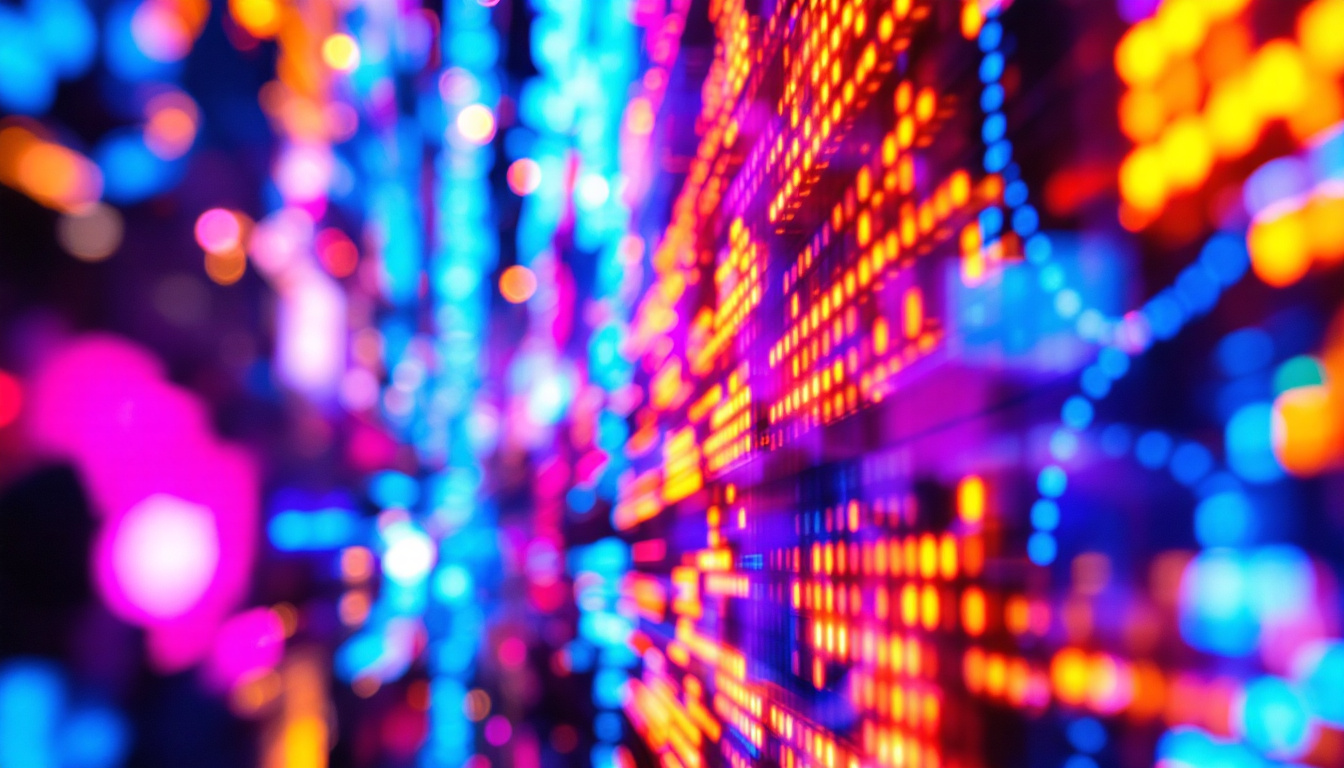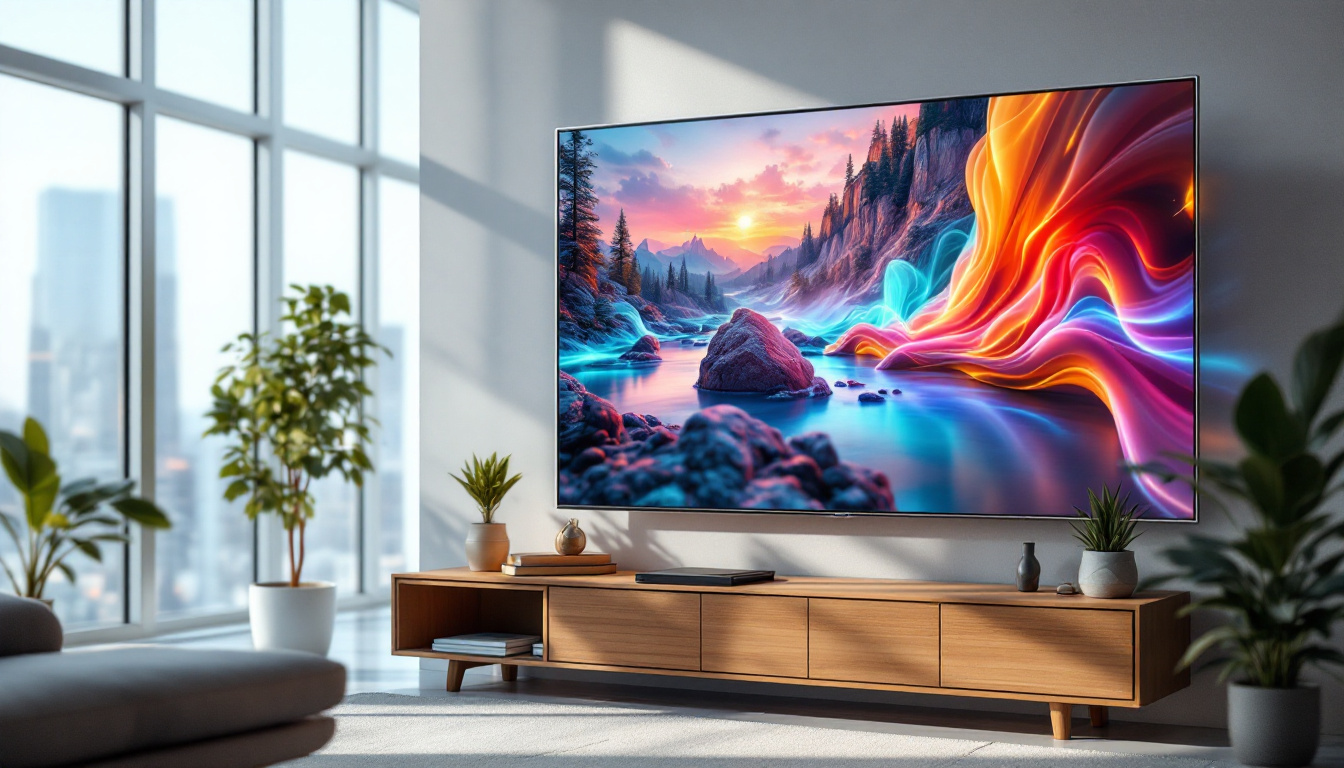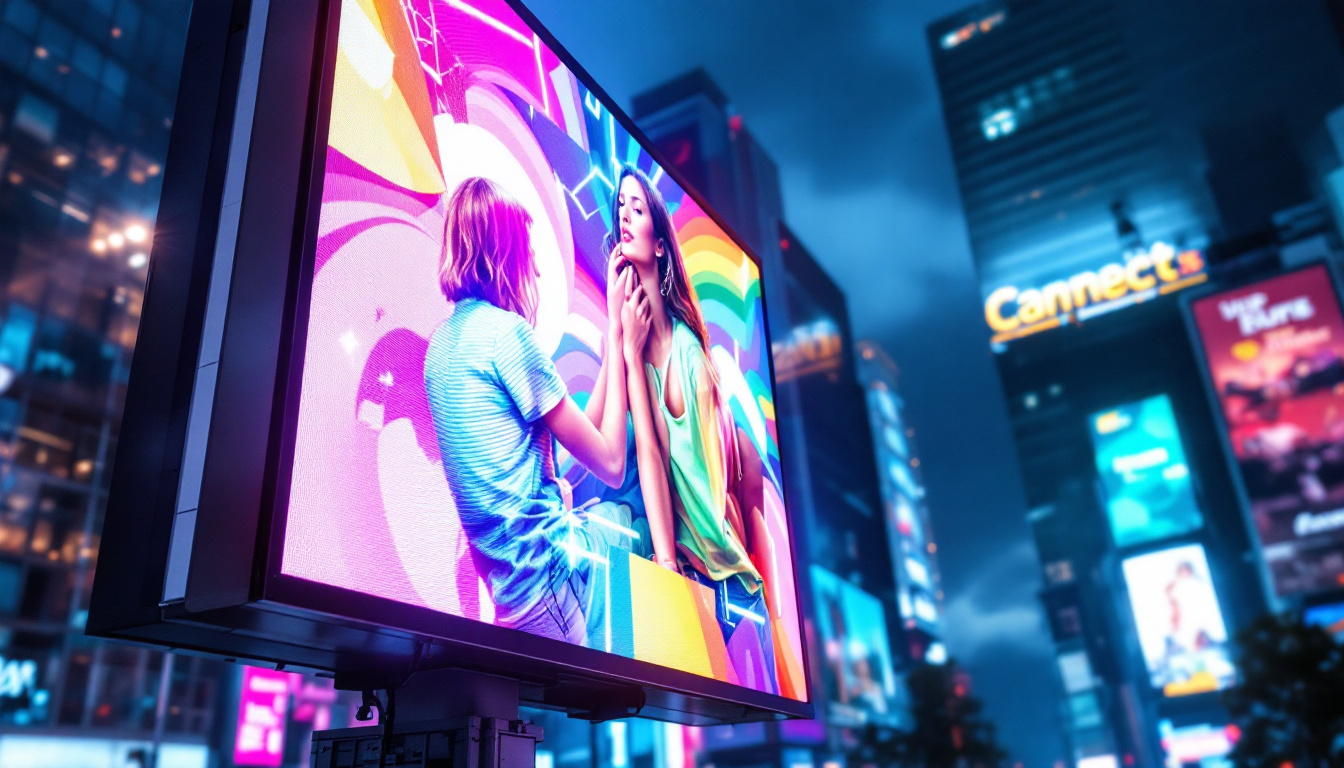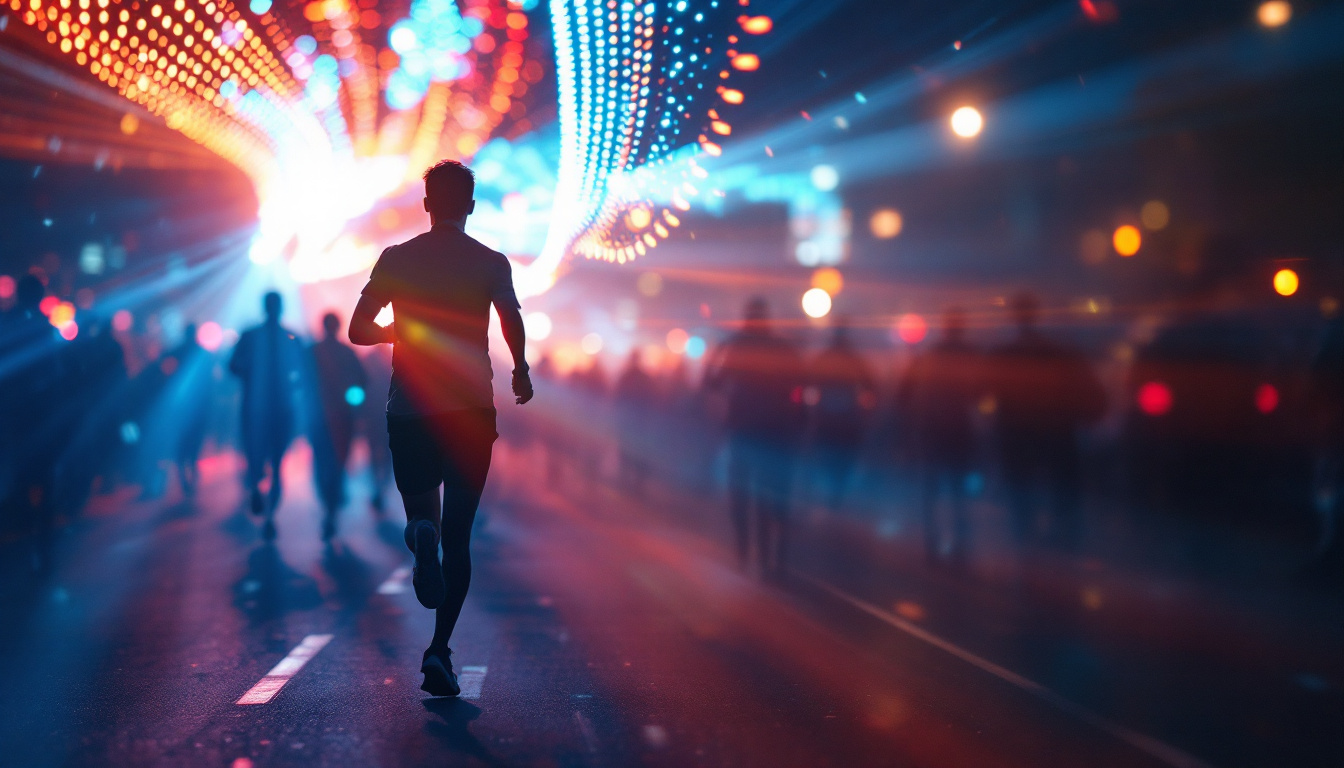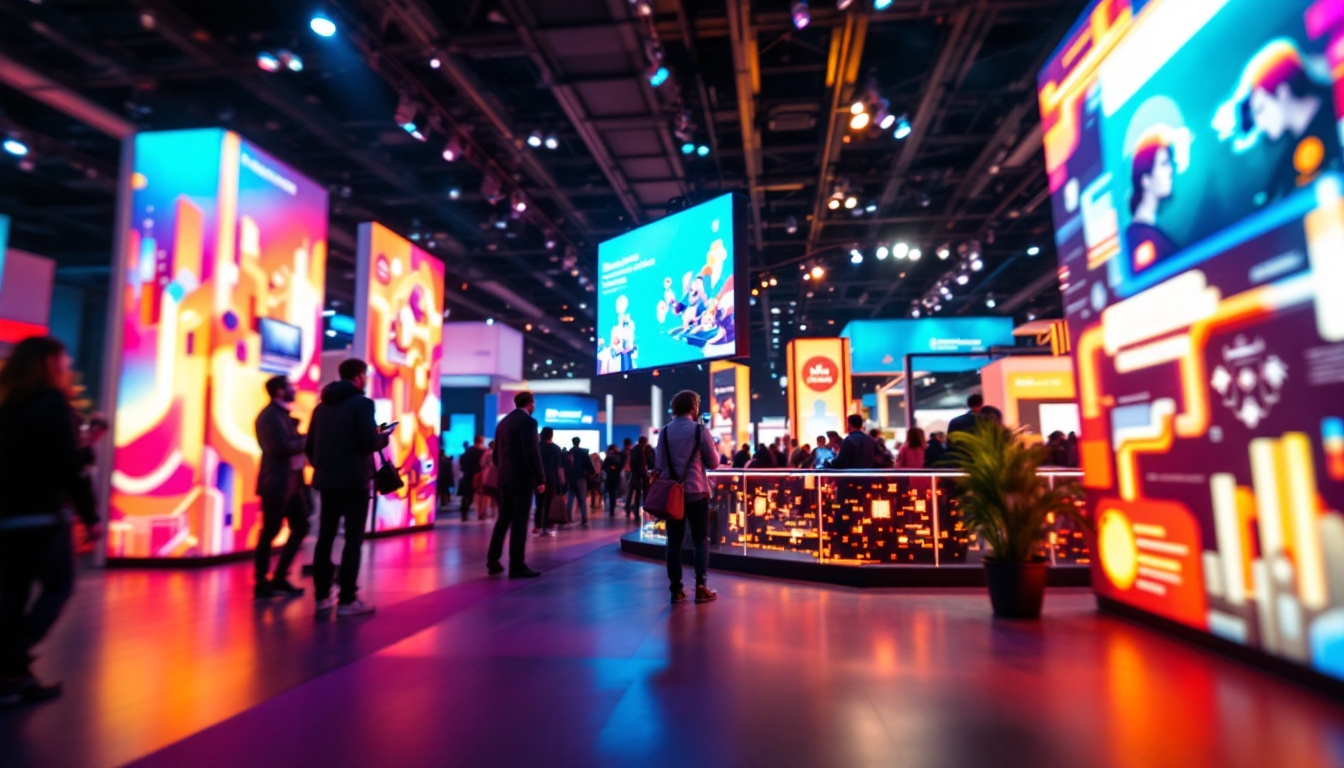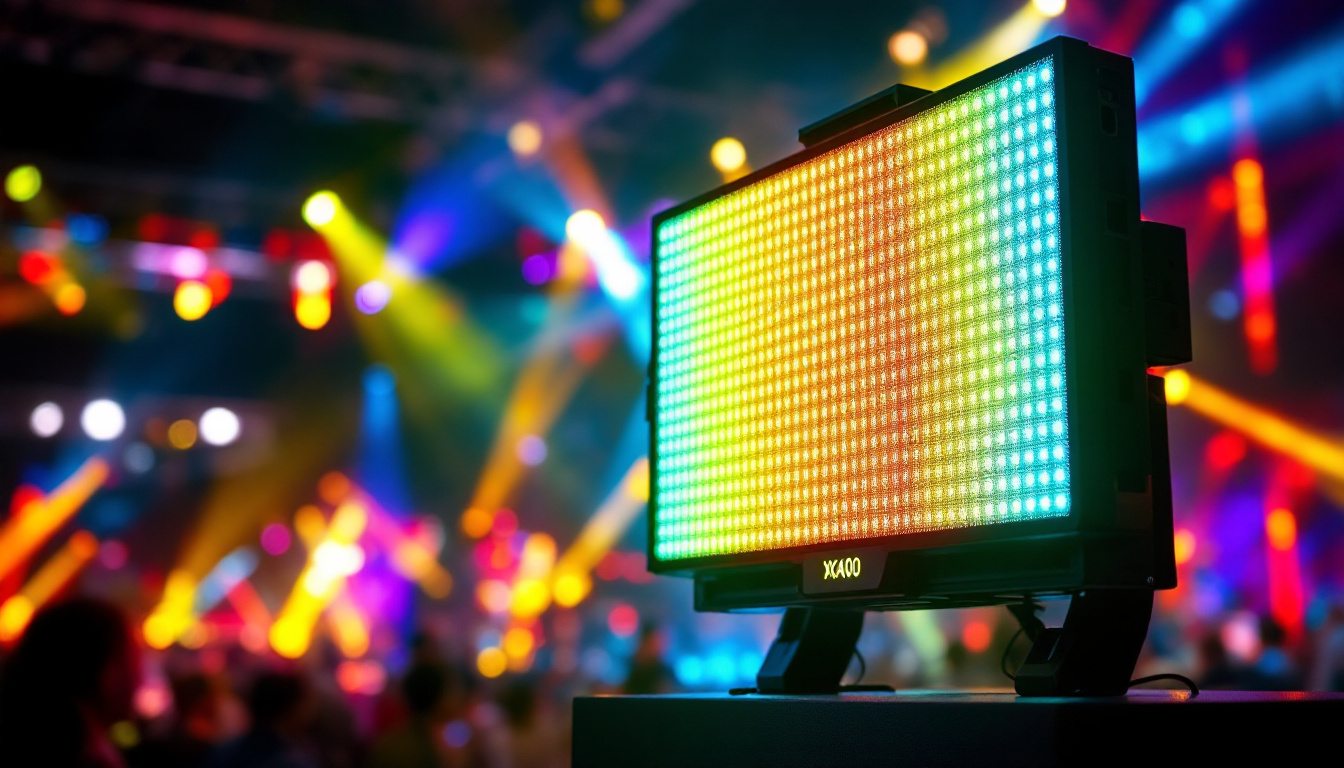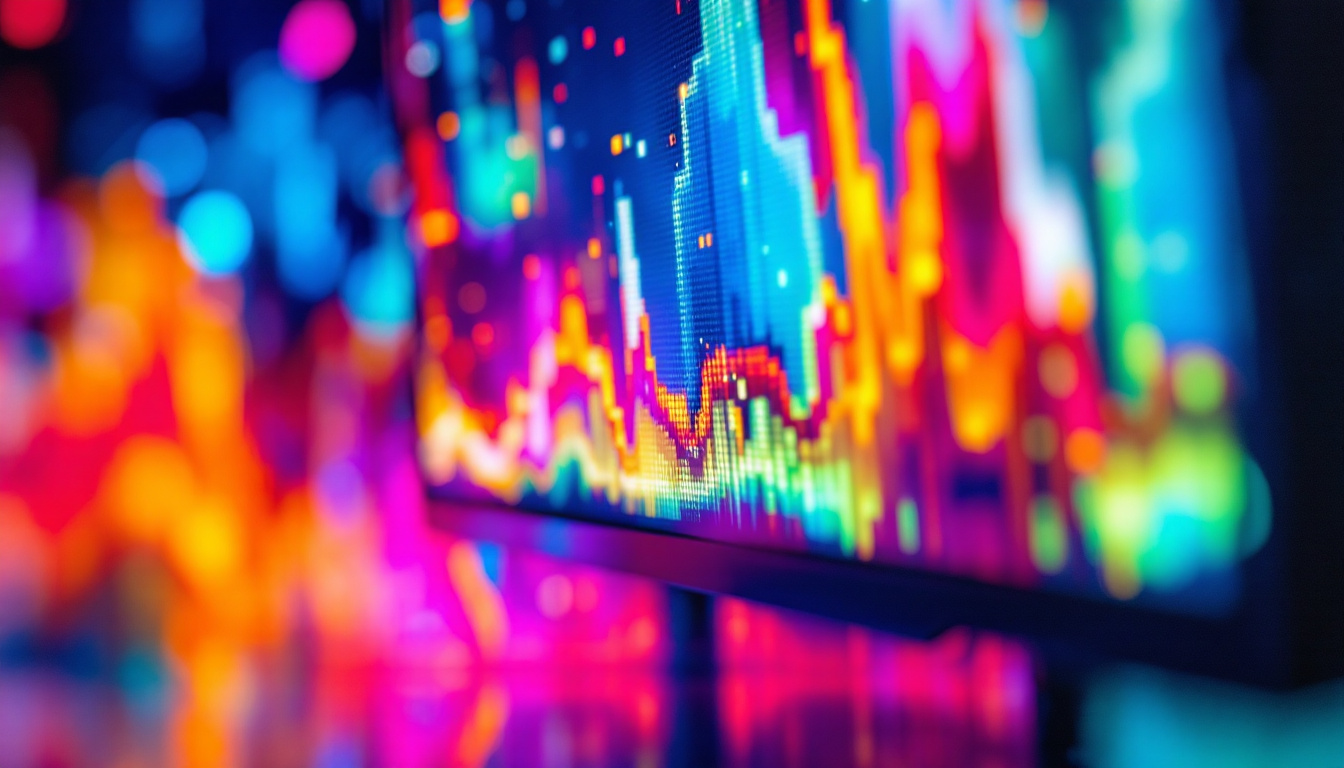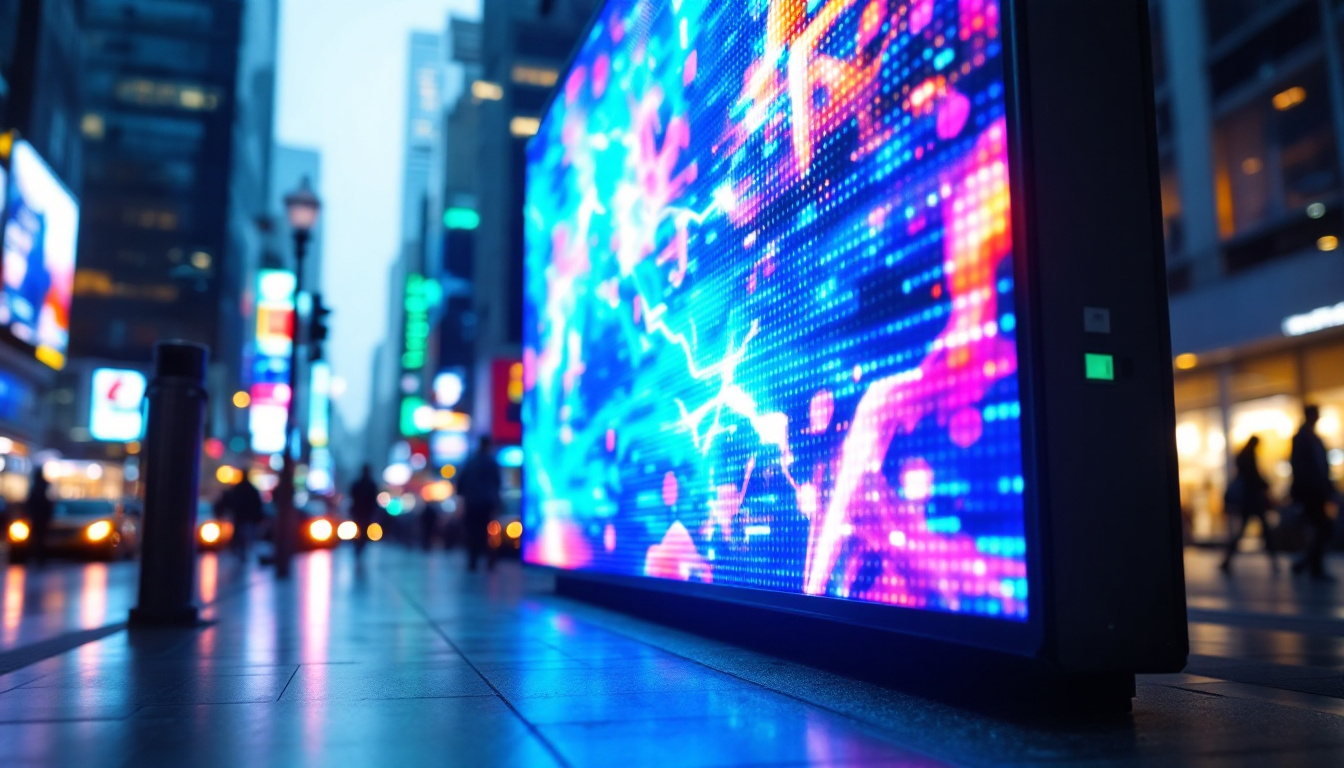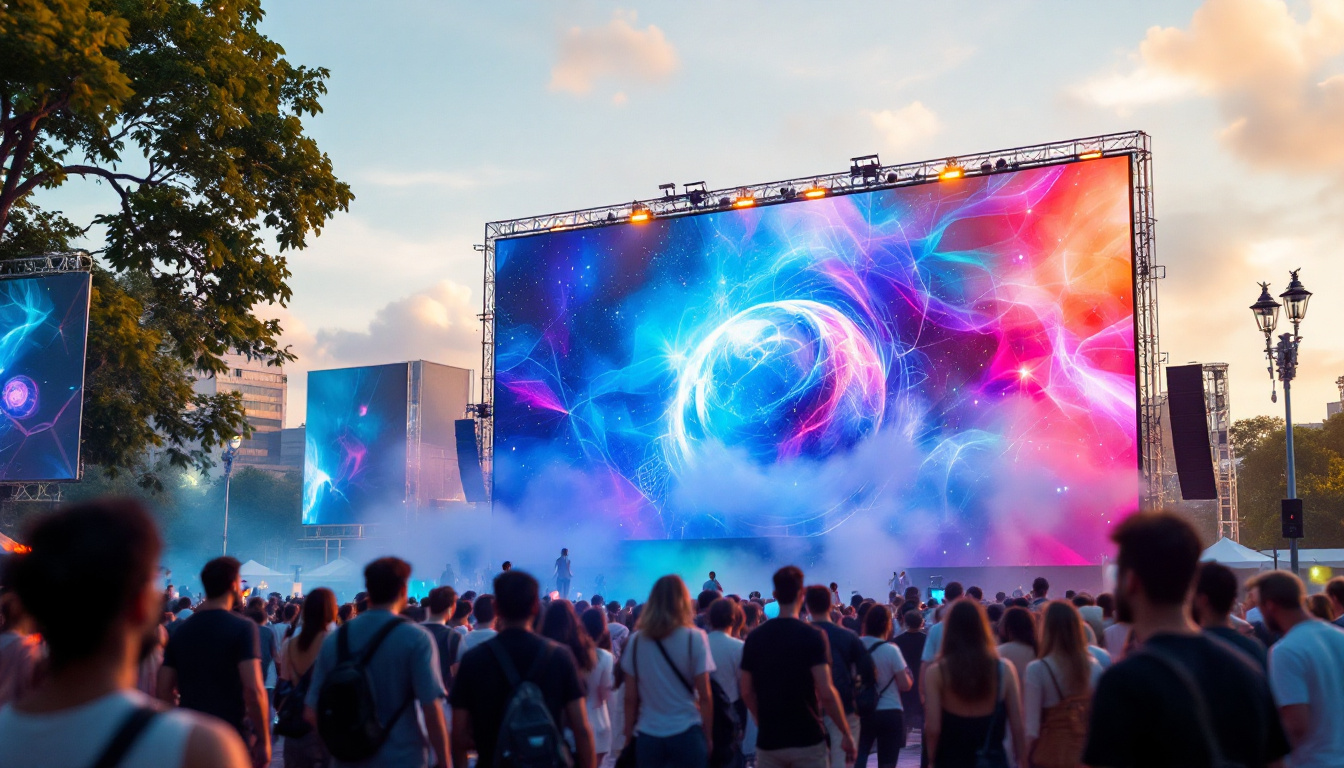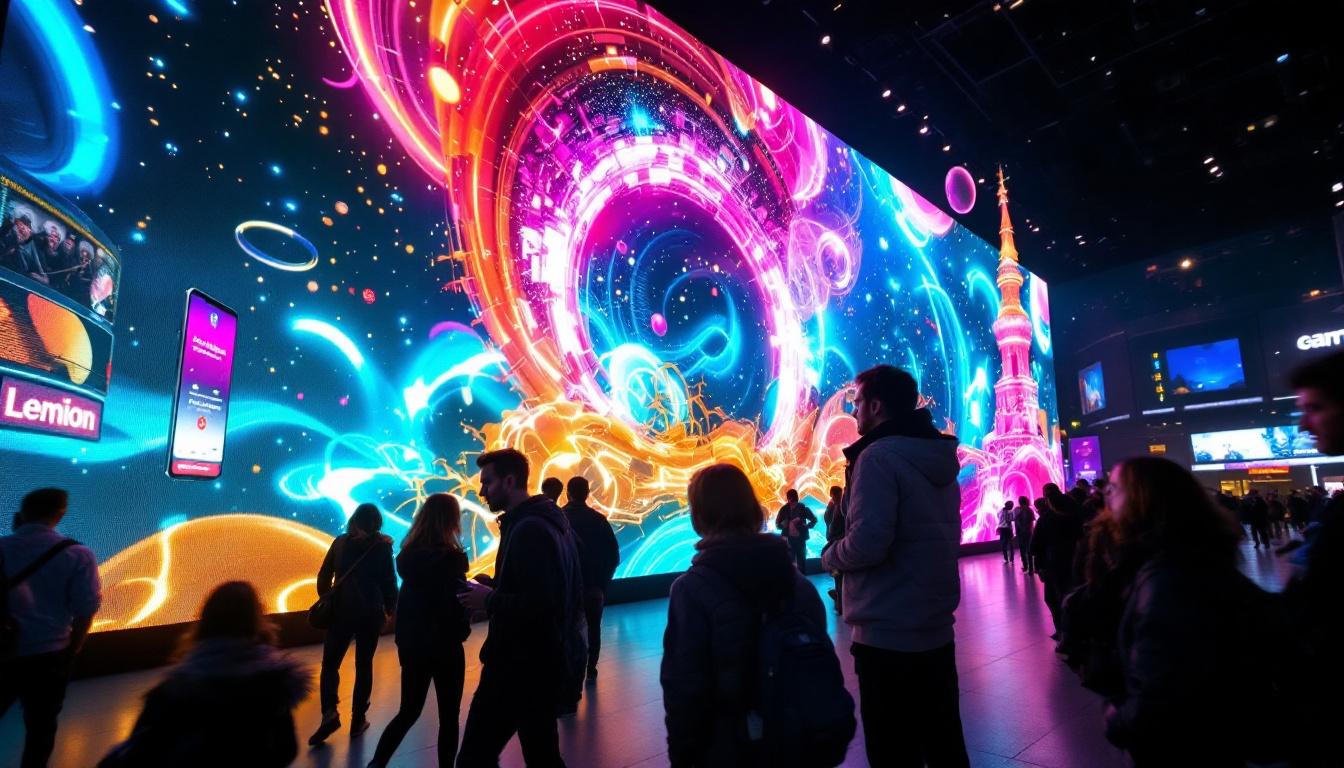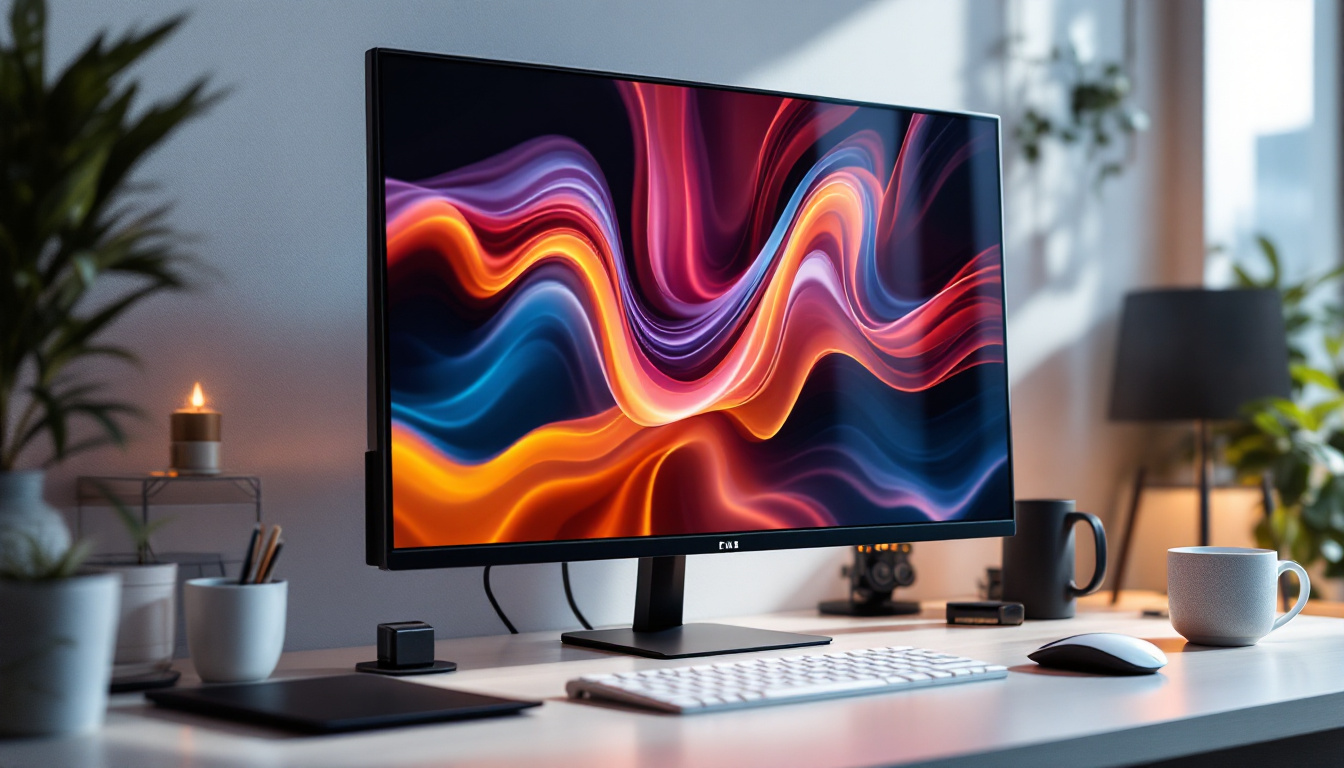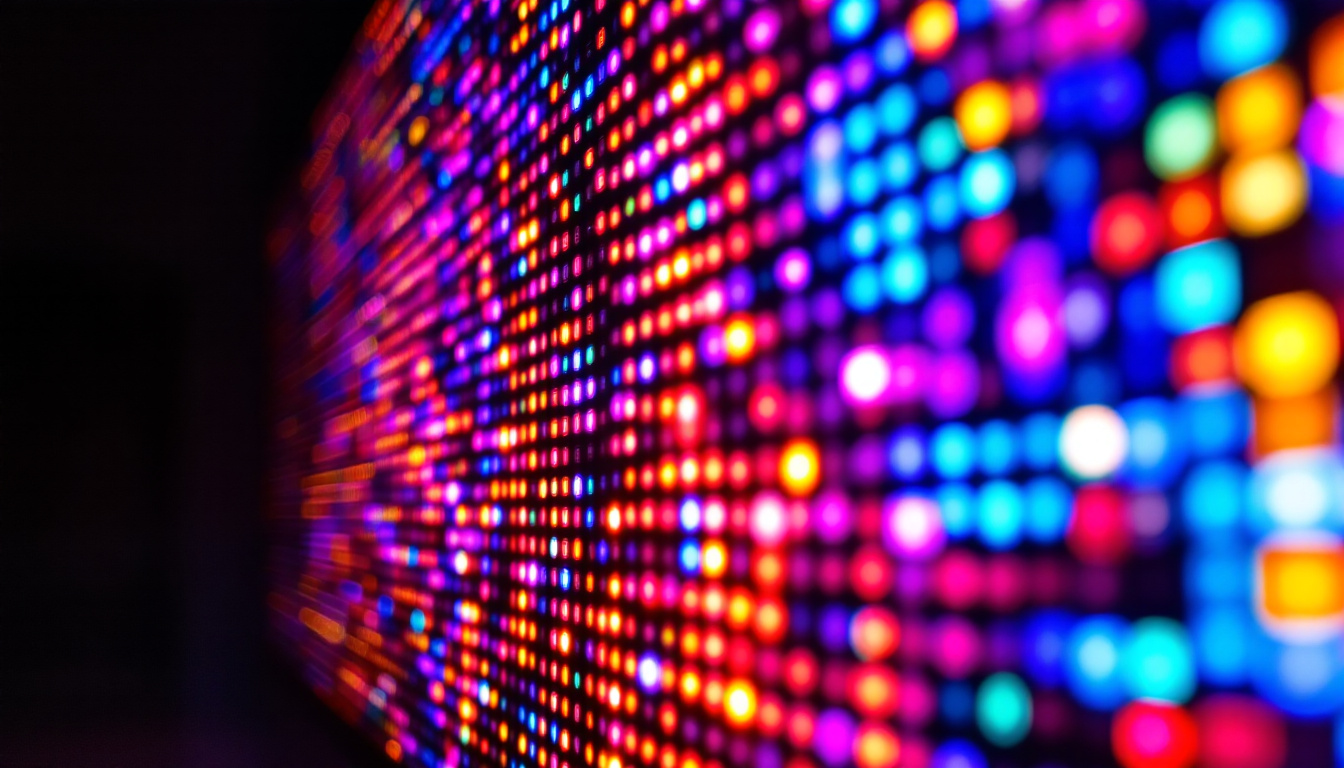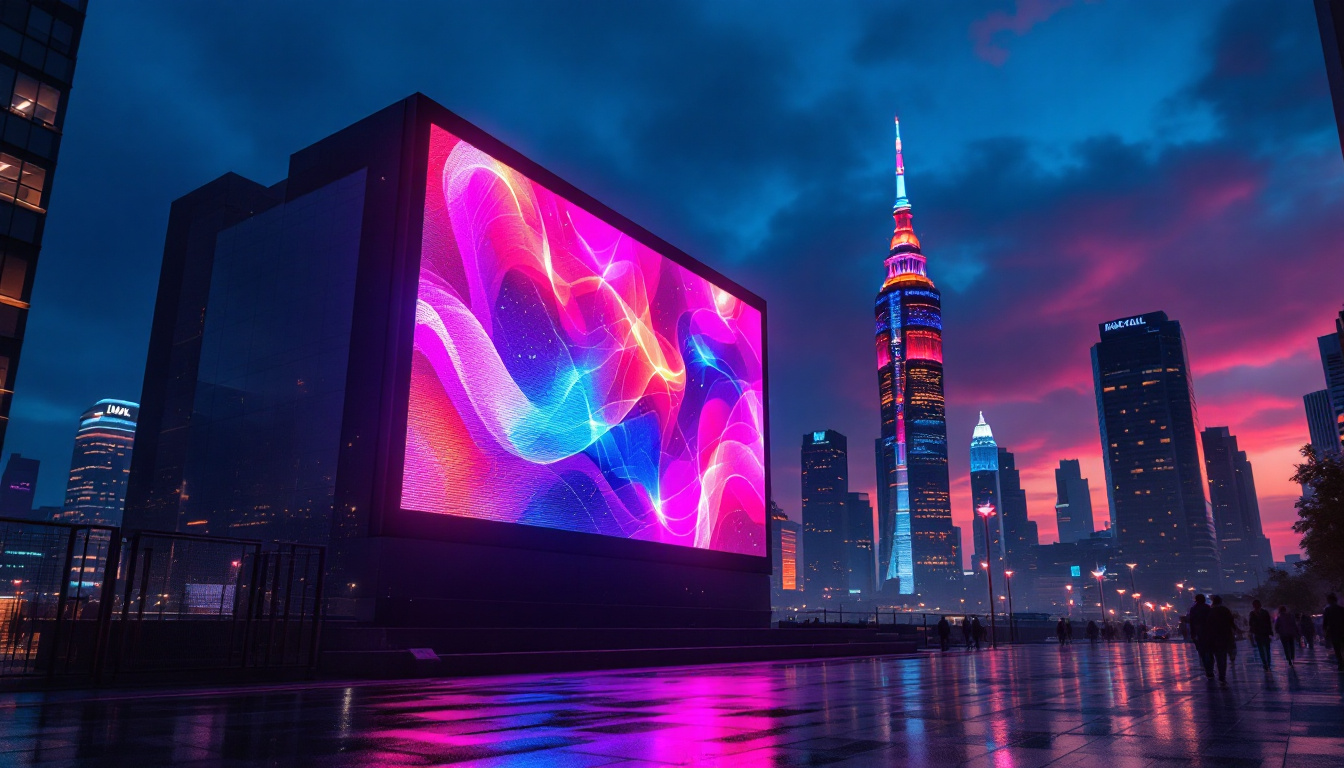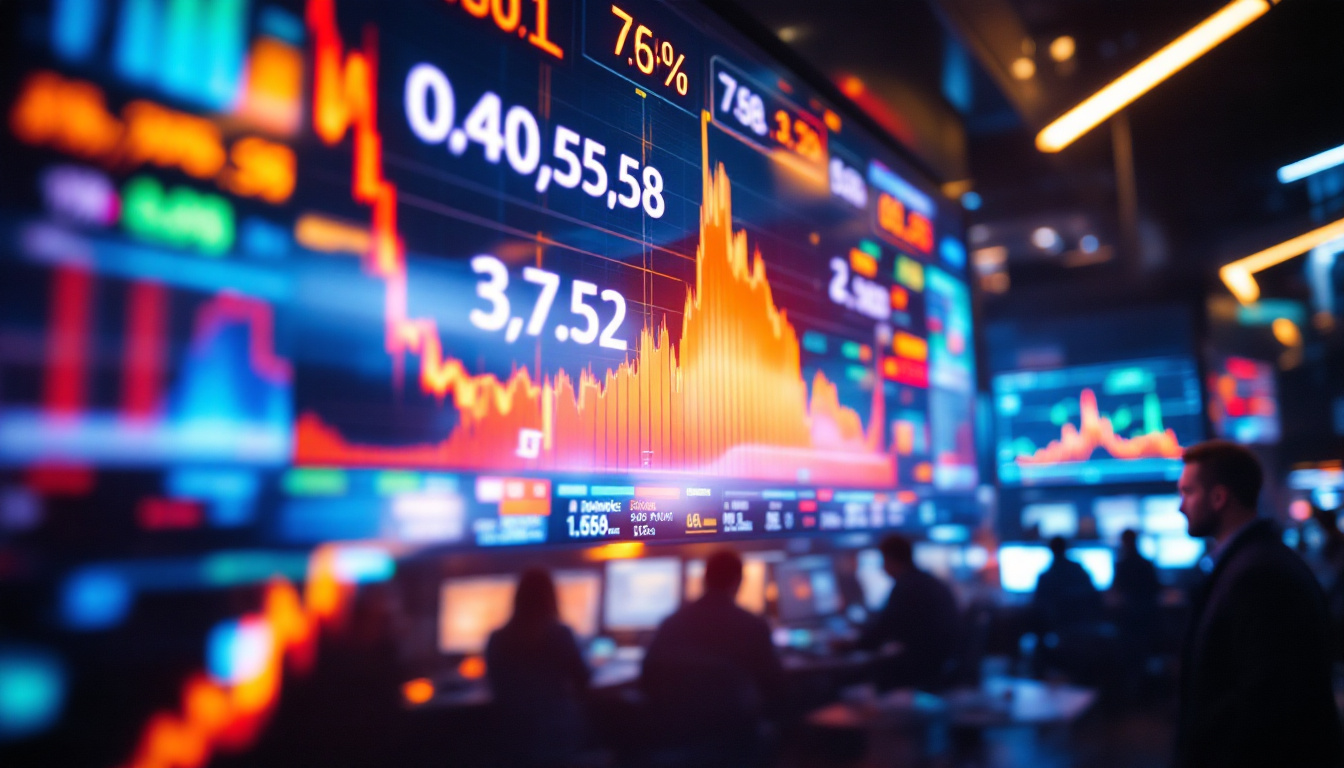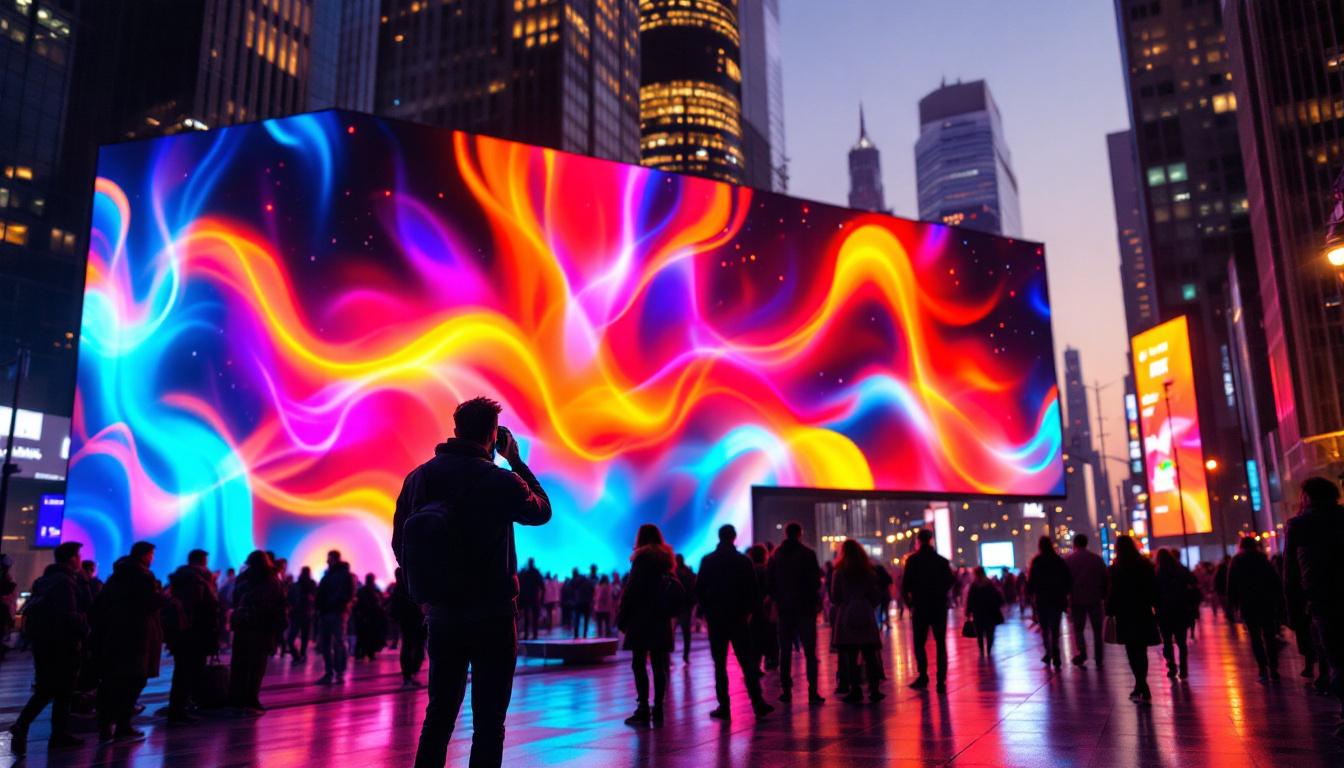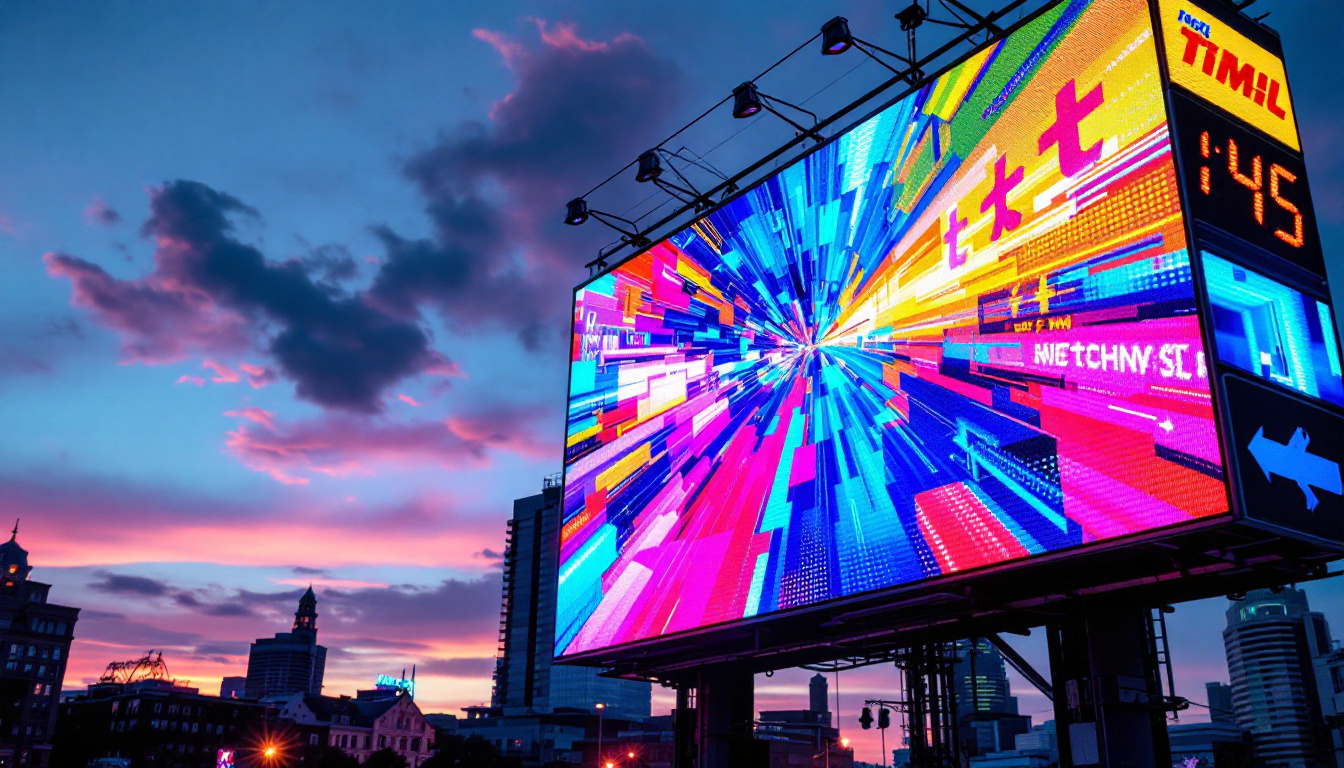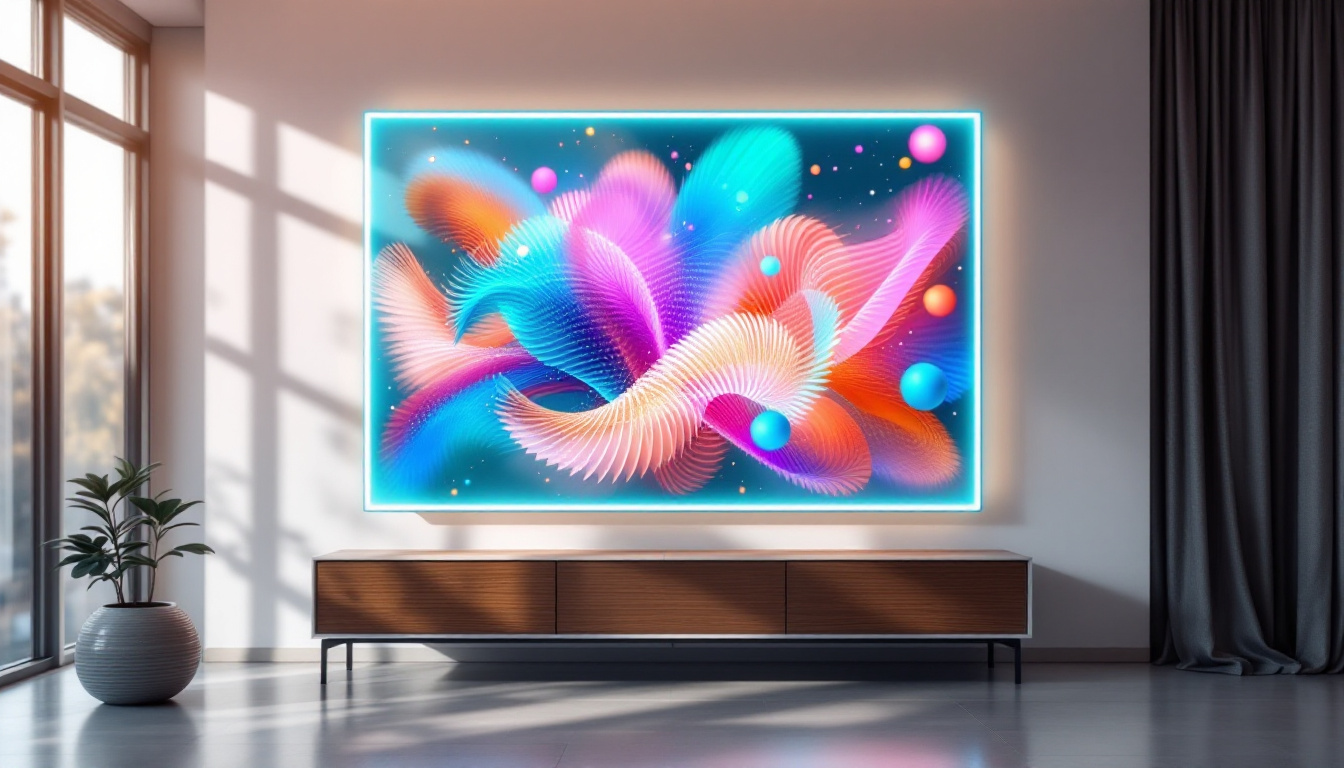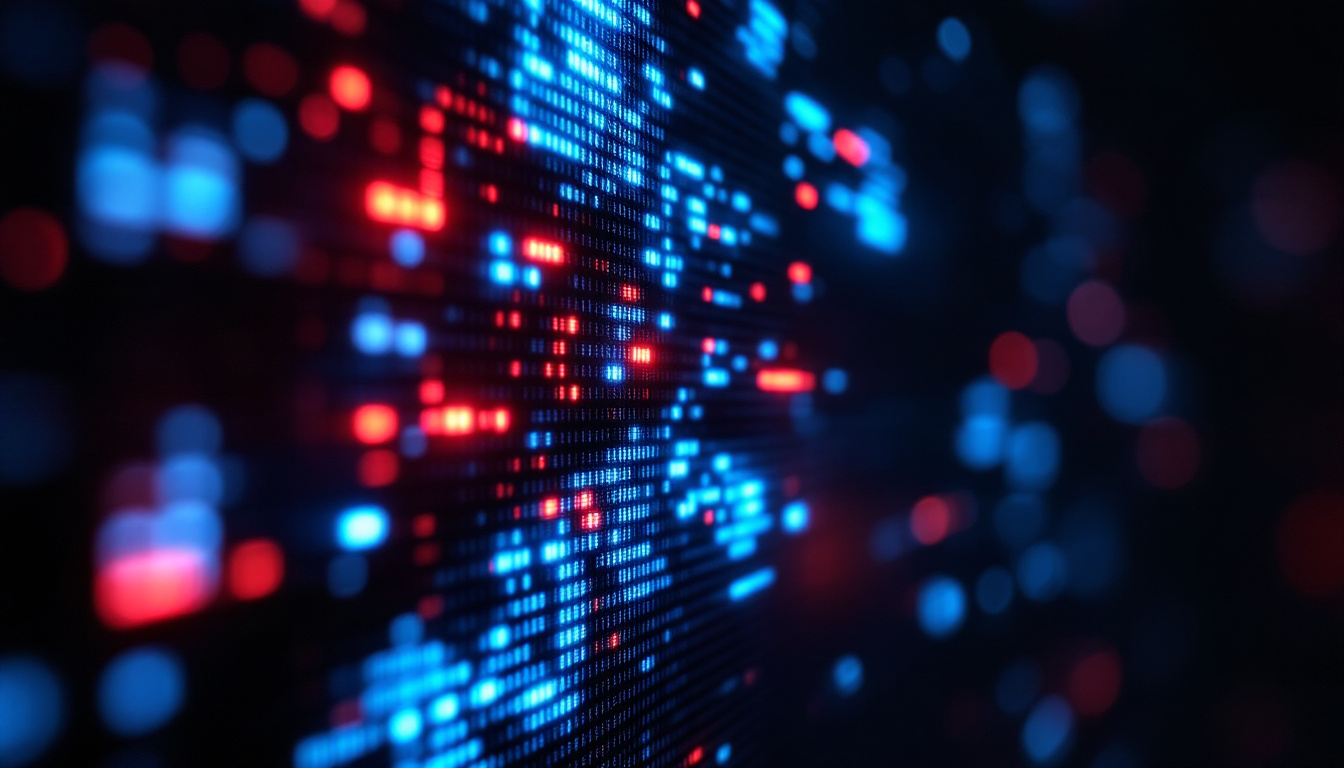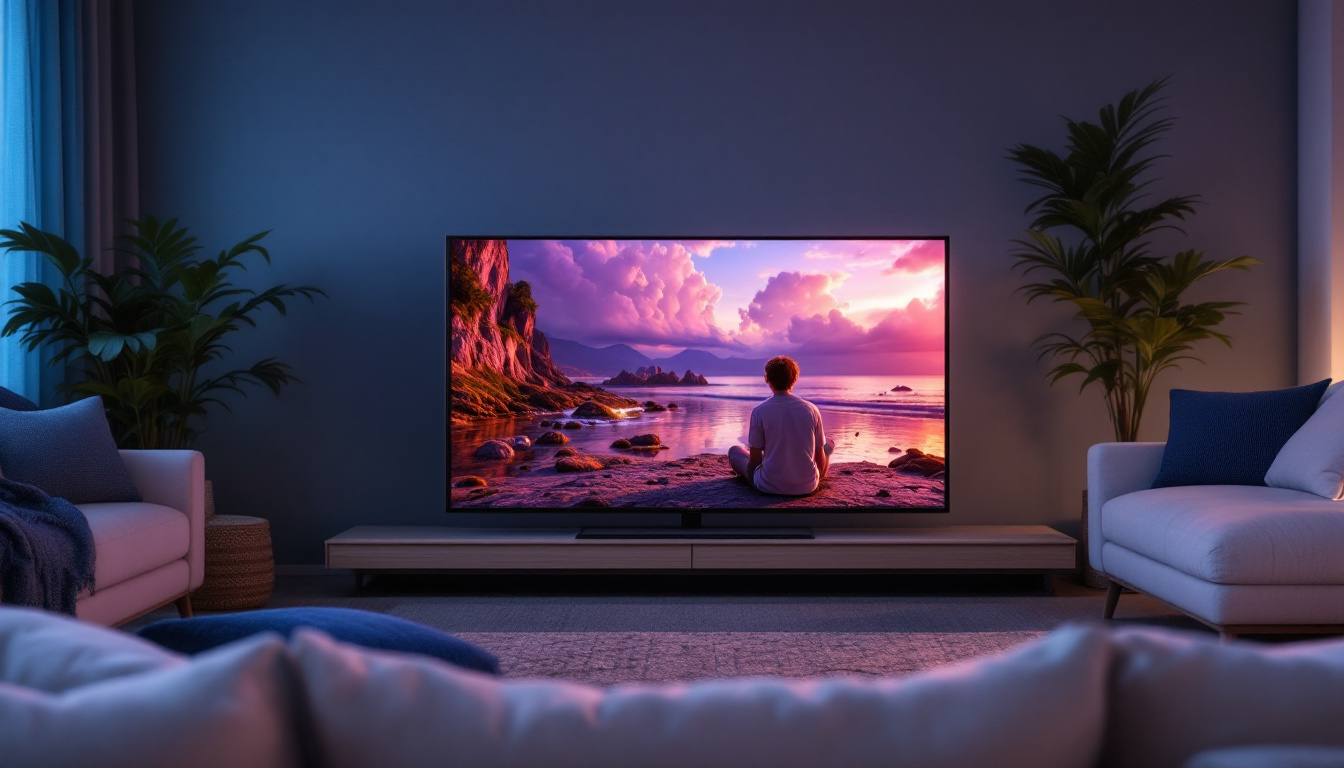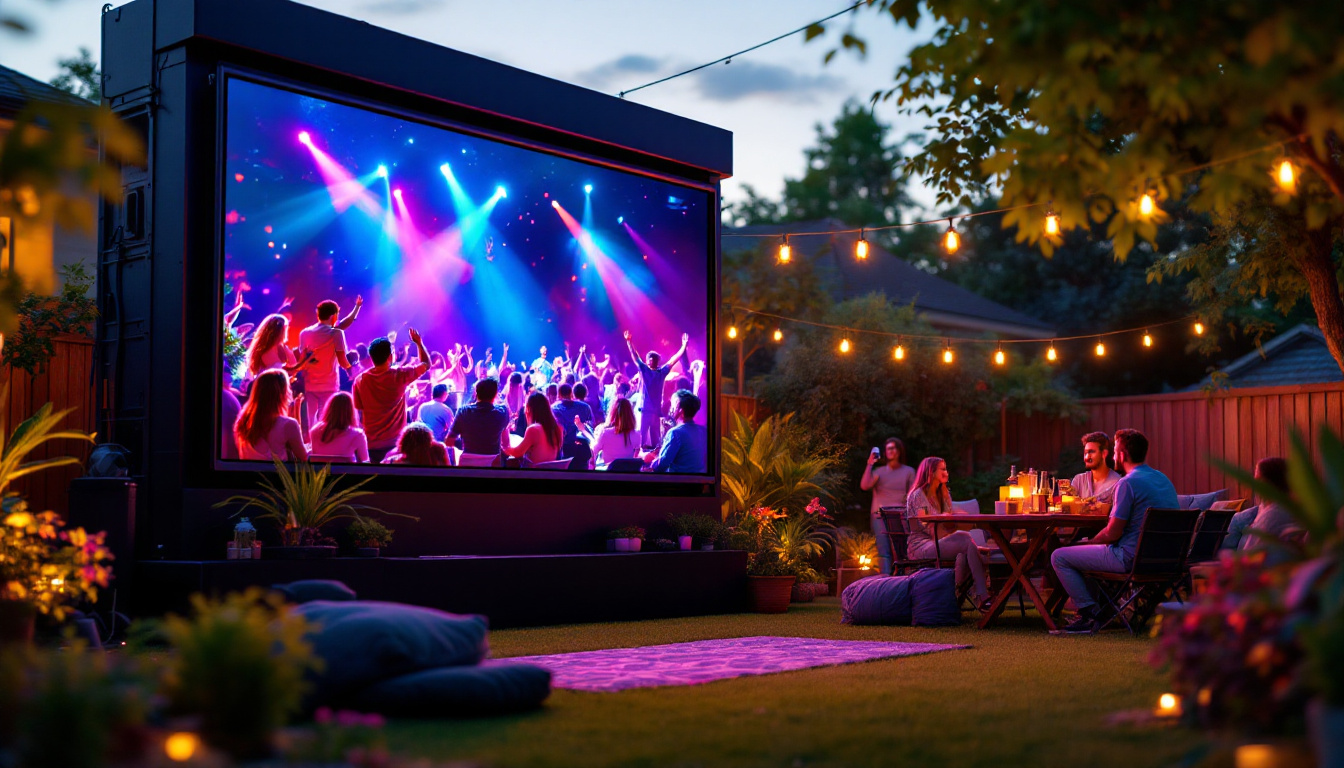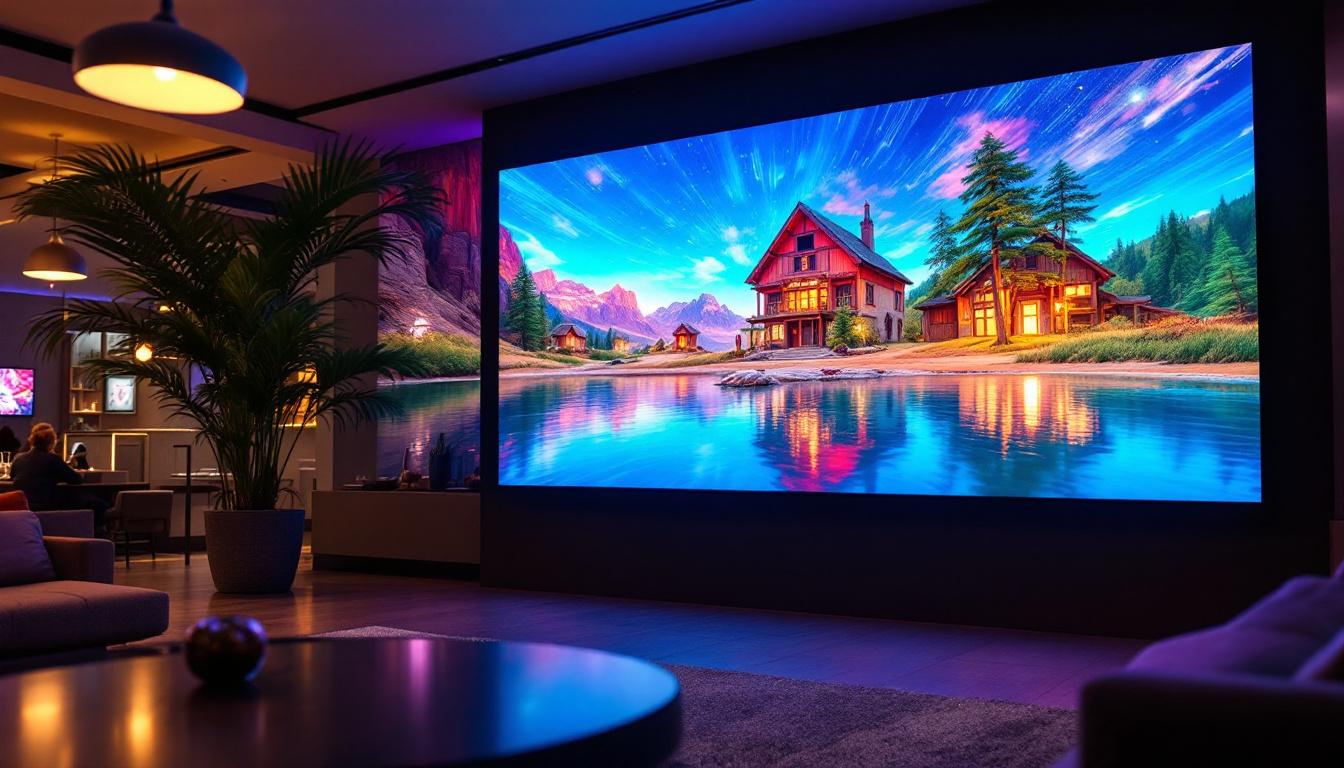In the realm of modern advertising and communication, large photo boards equipped with LED displays have become a prominent fixture. These vibrant, eye-catching displays not only serve as a medium for advertisements but also enhance public spaces, events, and exhibitions. Understanding the intricacies of LED technology and its applications can provide valuable insights into its growing popularity.
What is an LED Display?
LED, or Light Emitting Diode, displays are electronic devices that utilize semiconductor technology to emit light. These displays are composed of numerous tiny LEDs, which can be arranged in various configurations to create images, videos, and animations. The versatility and efficiency of LED technology have made it a preferred choice for large photo boards. Their energy efficiency not only reduces operational costs but also contributes to a smaller carbon footprint, aligning with the growing demand for sustainable technology in various industries.
How LED Displays Work
At the core of an LED display is the LED itself, which emits light when an electric current passes through it. Each pixel on an LED display is made up of red, green, and blue (RGB) LEDs. By varying the intensity of these three colors, a wide spectrum of colors can be produced, allowing for detailed and vibrant images. The technology behind LED displays has evolved significantly, with advancements such as dynamic color adjustment and improved brightness levels, enabling displays to perform exceptionally well even in bright daylight conditions.
The arrangement of these pixels is crucial. In large photo boards, pixels are often grouped together in clusters, which helps in creating a coherent image when viewed from a distance. The resolution of an LED display is determined by the pixel pitch, which is the distance between the centers of two adjacent pixels. A smaller pixel pitch results in higher resolution, making the display suitable for close viewing. Additionally, modern LED displays often incorporate features like high refresh rates and wide viewing angles, enhancing the overall viewing experience and making them suitable for dynamic content such as live broadcasts and sports events.
Types of LED Displays
LED displays can be categorized into several types, each designed for specific applications. The most common types include:
- Indoor LED Displays: These are typically used in shopping malls, airports, and conference centers. They offer high resolution and are designed for close viewing. The vibrant colors and clarity of indoor displays make them ideal for advertising, event promotions, and information dissemination.
- Outdoor LED Displays: Built to withstand weather conditions, outdoor displays are larger and have lower resolution compared to indoor displays. They are often used for billboards and large-scale advertisements. These displays are engineered to resist UV rays, rain, and extreme temperatures, ensuring longevity and consistent performance in various environments.
- Transparent LED Displays: These innovative displays allow light to pass through, making them ideal for storefronts and exhibitions where visibility is essential. Their unique design enables businesses to showcase products behind the display while simultaneously delivering engaging digital content, creating a captivating shopping experience.
Benefits of Using LED Displays
LED displays offer numerous advantages over traditional signage methods. Their benefits extend beyond mere aesthetics, impacting functionality and efficiency as well.
Energy Efficiency
One of the most significant advantages of LED technology is its energy efficiency. LED displays consume considerably less power compared to traditional incandescent or fluorescent lights. This not only reduces operational costs but also minimizes the environmental impact, making LED displays a more sustainable choice. Furthermore, many LED displays can be equipped with smart technology that allows for automated brightness adjustments based on ambient light conditions, further enhancing their energy-saving capabilities. This means that during the day, the display can dim slightly to conserve energy while still remaining visible, and at night, it can brighten to ensure maximum impact.
Brightness and Visibility
LED displays are known for their exceptional brightness, which allows them to be viewed in various lighting conditions, including direct sunlight. This high visibility makes them ideal for outdoor advertising and events where capturing attention is crucial. In addition, the color vibrancy of LED displays is unmatched; they can produce a wider spectrum of colors and sharper images than traditional displays. This capability not only enhances the aesthetic appeal but also allows for more dynamic content, such as animations and videos, which can engage viewers more effectively. The ability to showcase high-definition content on LED screens has revolutionized advertising, making it possible to convey messages in a more compelling and memorable way.
Longevity and Durability
LEDs have a longer lifespan than traditional lighting options. With an operational life of up to 100,000 hours, LED displays require less frequent replacements, which translates to lower maintenance costs. Additionally, they are more resistant to shocks and vibrations, making them suitable for a variety of environments. This durability is particularly advantageous in high-traffic areas or locations prone to extreme weather conditions, as LED displays can withstand harsh elements without compromising performance. Moreover, the robustness of LED technology means that they are less likely to suffer from issues such as flickering or color fading over time, ensuring that the display remains consistent and reliable throughout its lifespan. This reliability not only enhances the user experience but also provides peace of mind for businesses investing in LED technology.
Applications of Large Photo Boards with LED Displays
The versatility of LED displays enables their use in a wide range of applications. From advertising to artistic installations, large photo boards have found their place in various sectors.
Advertising and Marketing
Large LED displays are a powerful tool for advertisers. Their ability to showcase dynamic content, such as videos and animations, allows brands to engage audiences more effectively than static billboards. Advertisers can change their messages in real-time, tailoring content to specific audiences or events. This adaptability not only enhances brand visibility but also allows for targeted marketing strategies that can respond to consumer behavior and preferences. Furthermore, the vibrant colors and high-definition imagery of LED displays capture attention, making them an essential component in crowded urban environments where competition for viewer attention is fierce.
Event and Exhibition Displays
At trade shows, concerts, and public events, large photo boards with LED displays create immersive experiences. They can be used to display schedules, highlight sponsors, or showcase live feeds, enhancing the overall atmosphere of the event. The interactive capabilities of LED displays also allow for audience participation, making events more engaging. For instance, event organizers can incorporate social media feeds that display live tweets or Instagram posts, encouraging attendees to share their experiences in real-time. This not only fosters a sense of community but also amplifies the event’s reach as participants share content with their networks, effectively turning the audience into brand ambassadors.
Public Information Displays
Many cities and organizations utilize LED displays for public information purposes. These displays can provide real-time updates on traffic, weather, and emergency alerts. Their visibility ensures that important information reaches a wide audience quickly and efficiently. In addition to standard notifications, LED boards can also be programmed to display community announcements, such as local events, public service messages, or safety tips, fostering a sense of connection among residents. The integration of sensors and data analytics can further enhance these displays, allowing them to adapt content based on real-time conditions, such as adjusting traffic information based on congestion levels or weather alerts during severe storms, ultimately contributing to public safety and awareness.
Design Considerations for LED Displays
When designing a large photo board with an LED display, several factors must be taken into account to ensure optimal performance and effectiveness.
Location and Placement
The location of the LED display is critical. Factors such as foot traffic, viewing distance, and surrounding lighting conditions must be evaluated. Placing the display in a high-traffic area maximizes visibility and engagement, while considering the angle and height ensures that the content is easily viewable from various perspectives.
Content Strategy
Content is king when it comes to LED displays. The design and messaging should be clear, concise, and visually appealing. High-quality graphics and videos that resonate with the target audience are essential. Additionally, content should be regularly updated to maintain viewer interest and relevance.
Technical Specifications
Understanding the technical specifications of the LED display is crucial for achieving desired outcomes. This includes pixel pitch, brightness levels, resolution, and refresh rates. Selecting the right specifications based on the intended use will ensure that the display performs optimally.
Future Trends in LED Display Technology
The LED display industry is continuously evolving, driven by technological advancements and changing consumer preferences. Several trends are emerging that are likely to shape the future of large photo boards.
Integration of Smart Technology
Smart technology integration is becoming increasingly prevalent in LED displays. Features such as internet connectivity, sensors, and data analytics allow for more interactive and personalized experiences. For instance, displays can adapt their content based on real-time data, such as weather conditions or audience demographics.
Increased Use of 3D and Holographic Displays
As technology advances, the use of 3D and holographic displays is gaining traction. These displays can create immersive experiences that captivate audiences and enhance storytelling. As production costs decrease, more businesses are likely to adopt these innovative display technologies.
Eco-Friendly Innovations
With growing awareness of environmental issues, the LED display industry is focusing on sustainability. Innovations such as recyclable materials, energy-efficient designs, and reduced carbon footprints are becoming priorities. Companies are increasingly looking for ways to minimize their environmental impact while maintaining high-quality displays.
Conclusion
Large photo boards with LED displays represent a significant advancement in visual communication. Their vibrant colors, energy efficiency, and versatility make them a preferred choice for advertising, events, and public information. As technology continues to evolve, the potential applications and benefits of LED displays will only expand.
Understanding the intricacies of LED technology, its benefits, and its applications can empower businesses and organizations to leverage these displays effectively. Whether for enhancing brand visibility or creating engaging experiences, large photo boards with LED displays are here to stay, shaping the future of visual communication.
Discover LumenMatrix LED Display Solutions
Ready to elevate your visual communication with the vibrant colors, energy efficiency, and versatility of LED displays? Look no further than LumenMatrix, a pioneer in crafting state-of-the-art LED display modules that transform spaces and captivate audiences. From Indoor and Outdoor LED Walls to specialized solutions like Vehicle, Sports, and Floor LED Displays, LumenMatrix tailors to your unique needs. Embrace the future of digital signage with our Custom, All-in-One, and Transparent LED Displays. Check out LumenMatrix LED Display Solutions today and start creating unforgettable visual experiences that resonate with your audience.

